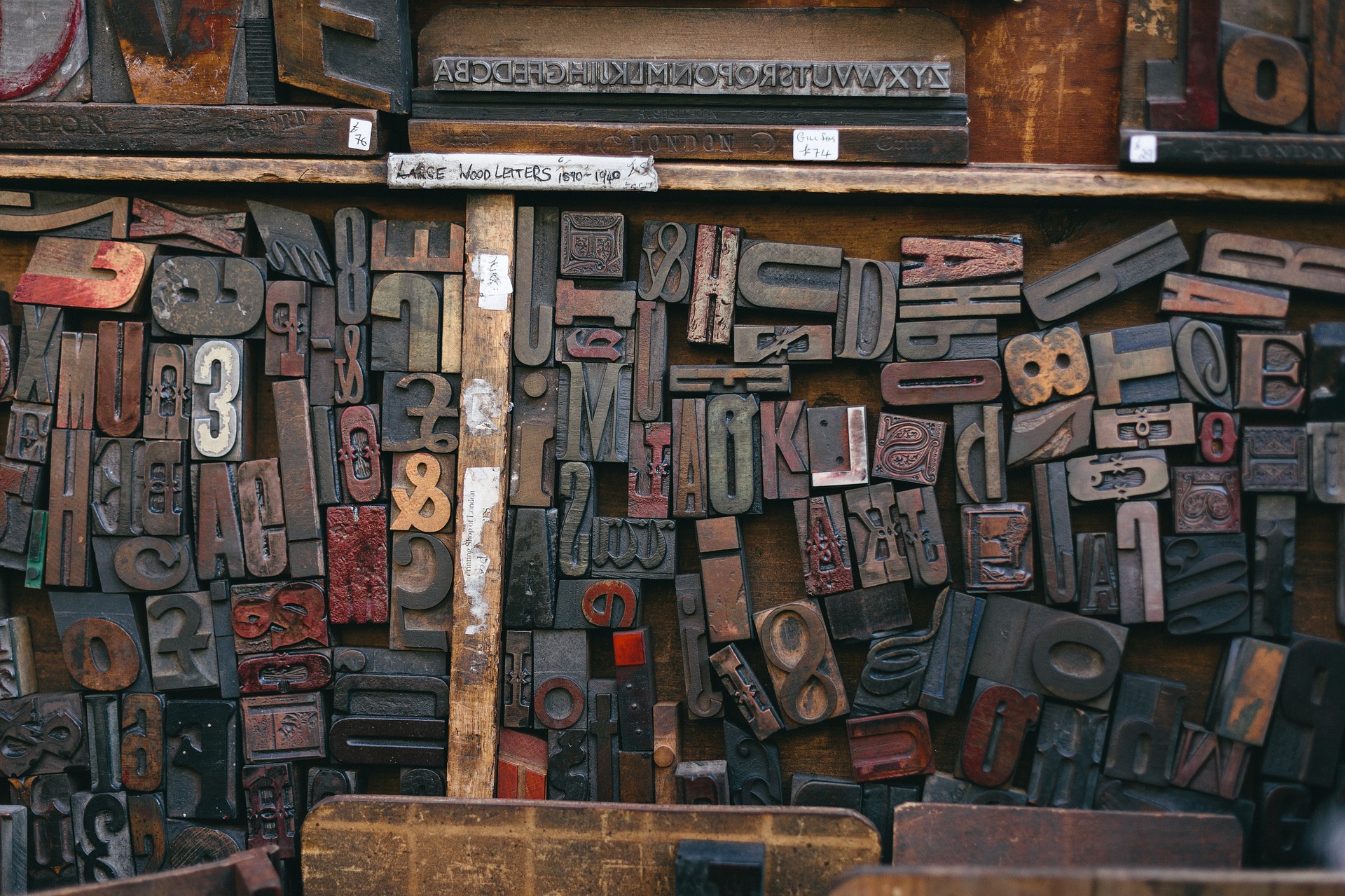
Yawn… Sigh… Twiddle thumbs – I’ve heard it so many times: ‘Print needs to innovate.’ While this is not new news, I haven’t ever really stopped to summarize all the ways that are possible. Have you?
I don’t recall ever summarizing the list, so here is a starter for ten (or sixteen as it happens).
In no particular order, and by no means fully comprehensive:
The fact which stands out as I write the list is that the road to all-important innovation is not an entirely digital one. Much can be achieved by differing finishes.
Today, when online communications are the daily norm, ingrained in our routines, the fact is that a straightforward print job may seem less inspiring and appealing.
Now I’m not suggesting for one moment that all printers have to dive in and add each and every latest gizmo to their portfolio, but sure as eggs are eggs, if they don’t have some form of additional features to offer they might not survive much longer in this digitally dominated age.
As print has commoditized itself, re-establishing its value, and continues to do so, surely the differentiator is to move away from the norm? As soon as the distinguisher does that and grabs the consumers’ attention, not based on the most competitive price, but on innovation, the profit margins will return.
We can only improve business practices and grow if we learn from mistakes in decision-making and failed methods. One can only identify where things go wrong by being able to measure the results. Where digital commodities are concerned, it is easy to measure using analytics and insights. With regards to purely print products it’s not so easy to analyse – but it’s not impossible.
In short, the language we should be talking is that of engagement, of proactively interacting and immersing ourselves in our services and products’ impact and effectiveness, offering solutions and analysis, which enriches the value of behavioural data.
When applied to the fragile print industry, a special cover can provide some form of stats to examine, just as a QR code can augment a piece of print.
Throughout its recent history, the print industry has been able to talk this engagement talk and walk this innovation walk. Expressions, such as ‘PPC’ (Pay Per Click) and ‘SEO’ (Search Engine Optimization) are common in the tongue of modern marketers, so the printer has to be able to speak the same language.
The cost of print is just another channel to a marketer, so printers need to be able to articulate the benefits by measuring the success of the print channel – in much the same terms as you would for any other digital avenue.
We should positively look out for any and all opportunities to offer a measure of that return, whatever the feature is. Printers elevate themselves to a higher plane when they sophisticatedly show an ROI on the printed piece.
Clearly digital channels still have the advantage. A QR code can be measured swiftly and seamlessly by the number of clicks; a personalized piece of print by the response rate, etc. The challenge for print finishes is different. How many magazines were sold off the shelf; did the rate of subscribers increase; did the sales of advertised products rise?
Somewhere behind the scenes these figures are available. This is the gold dust printers need to get to, to differentiate the printed piece and to promote those findings to their audience.
It’s not the language the print finishing industry is accustomed to, but one they have to get a handle on if they want to get the value from their industry’s innovation and start to communicate the language of the marketer.
Now how many fries was that?

‘Business Culture Essentials’ online course
In-depth courses on key international destinations
Video masterclasses
Comprehensive guides on doing business in 40+ countries
Country fact files for 40+ destinations
Expert blogs and articles
© Keith Warburton 2025, All rights reserved
World Business Culture, West Down, Chalk Hill, Soberton, Hampshire SO32 3PH